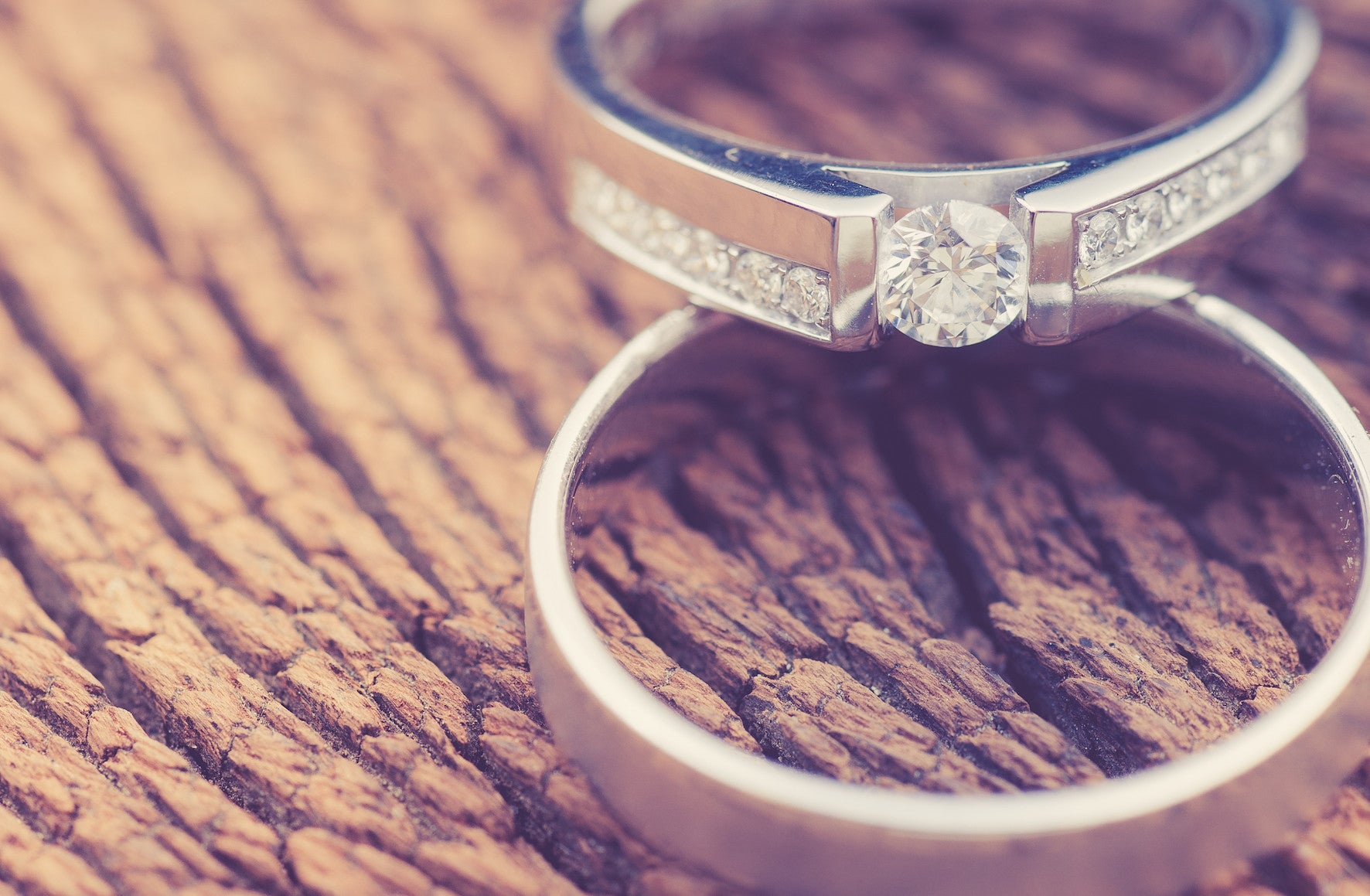
The wedding ring is seen as one of the most iconic parts of any marriage ceremony. But do you know why we exchange rings in the first place, or how the wedding ring has evolved over the years? Here at the Design Centre we’ve taken a trip down memory lane to bring you the origins and traditions behind this important piece of jewellery. Read on to find out more!
So where did it all start? Whilst you may think that the wedding ring originated closer to home, we can actually trace its origins back to ancient Egypt. For the Egyptians as far back as 3,500 B.C., circles symbolised never-ending and immortal love and so a ring was a natural choice to represent the marriage bond. But don’t go thinking that they used gold or even a base metal for these rings! Papyrus, reeds or hemp were all used and braided to create wedding bands which sealed the vows. Usually marrying in their teenage years or early twenties given their shorter life expectancy, there are many records that show that the Egyptians believed firmly in the importance of marriage and often stayed married for life. They also tended to wear their wedding rings on the fourth finger (now commonly known as the ring finger), as they thought that this finger contained a special vein that connected with the heart. Romance in its earliest form!

After the Ancient Egyptian period, the wedding ring continued on its journey into Ancient Rome. In Roman times, gender equality was a little less popular - Roman men used wedding rings usually made from iron to show ownership of their wives, and even to show off their wealth when the ring was made with more expensive materials. Likewise in Mespotamia (the ancient historical region now roughly situated in the areas of Iraq and Kuwait), wedding rings were not given out of love but rather as badges of property and a way to ‘fix’ the new bride to her household. Gradually silver and gold started being used for ring designs as they were both soon recognised as resistant to wear-and-tear and could easily be shaped. Thankfully as religious practises spread across the Roman Empire, the concept of marriage as a mutual union between a couple became more accepted and the idea of ‘ownership’ started to die out.
Fast forward a few thousand years to the start of the Middle Ages, and you wouldn’t find Christians giving wedding rings out at all. They saw this practice as a purely pagan tradition, however we know that the wedding band entered the wedding tradition in 860 AD when a papal decree was issued which required the groom to make a financial gift to the bride. Even up to the 1800s, couples who wanted to get married in the Church of England had to provide some sort of ring in order to become lawfully married in the eyes of God. People went to all sorts of measures to create a ring if a plain band was not available, using strange substitutes such as strips of leather and even shower curtain rings!
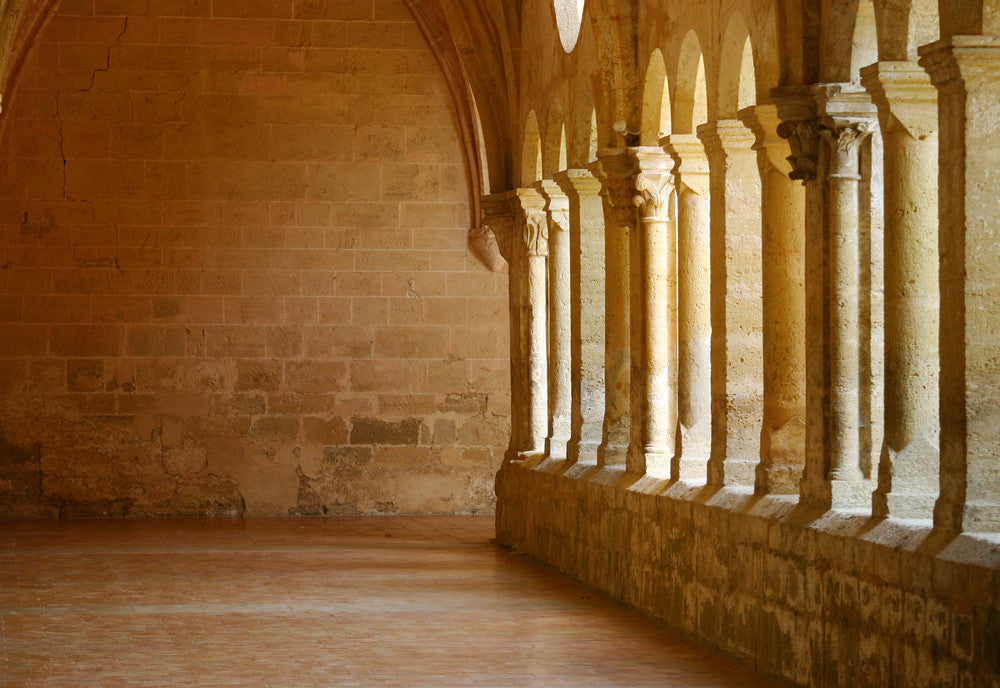
By the time we reached the Middle Ages and particularly the Renaissance period, you’d find most married couples wearing posy rings. Often referred to in Shakespearean literature, these rings were usually sterling-silver or gold bands with a line of poetry, lyric or love message engraved on the inside. These private messages required great skill to engrave and were a very popular romantic gesture. The first known use of a diamond ring also came about in this period in 1477, when when Archduke Maximilian of Austria proposed to Mary of Burgundy with a gold ring with the letter ‘M’ spelled out in tiny diamonds - sparking a trend that has continued to this day.
Further afield things were rather less romantic. Puritans in the Colonial America between the 16th and 18th centuries used thimbles as a gift for their brides, as they saw jewellery as frivolous and a pointless display of wealth. Women’s secret love for jewellery stood the test of time however, as gradually they started to cut off the tops of these thimbles to wear them as wedding bands after all!
Only during Victorian times did the wedding ring firmly become a symbol of love and unity - in part due to the public romance between Queen Victoria and her husband Albert. Engagement rings were often whimsical and romantic with different motifs engraved into the design or added as embellishments, with hearts, flowers and even snakes being common features on most of the richer jewellery pieces.

Such extravagant rings continued to be popular into the Edwardian period, but took a backseat when the First World War broke out in 1914 in favour of simpler designs. It took the arrival of the Second World War in 1939 for both men and women to start wearing wedding rings - prior to this period it was solely the brides that received a ring. The war encouraged men to wear rings as a reminder of their wives whilst they were fighting away from home, and by the time that we reached the 1950s, the modern-day wedding ring and its traditions had been firmly cemented into society. Since then things have barely changed, and the wedding ring continues to be the most iconic piece of jewellery in all of history.
Are you engaged and looking to find the perfect wedding ring? Read our handy guide here for some top tips and don’t forget to get in touch if you have any questions!


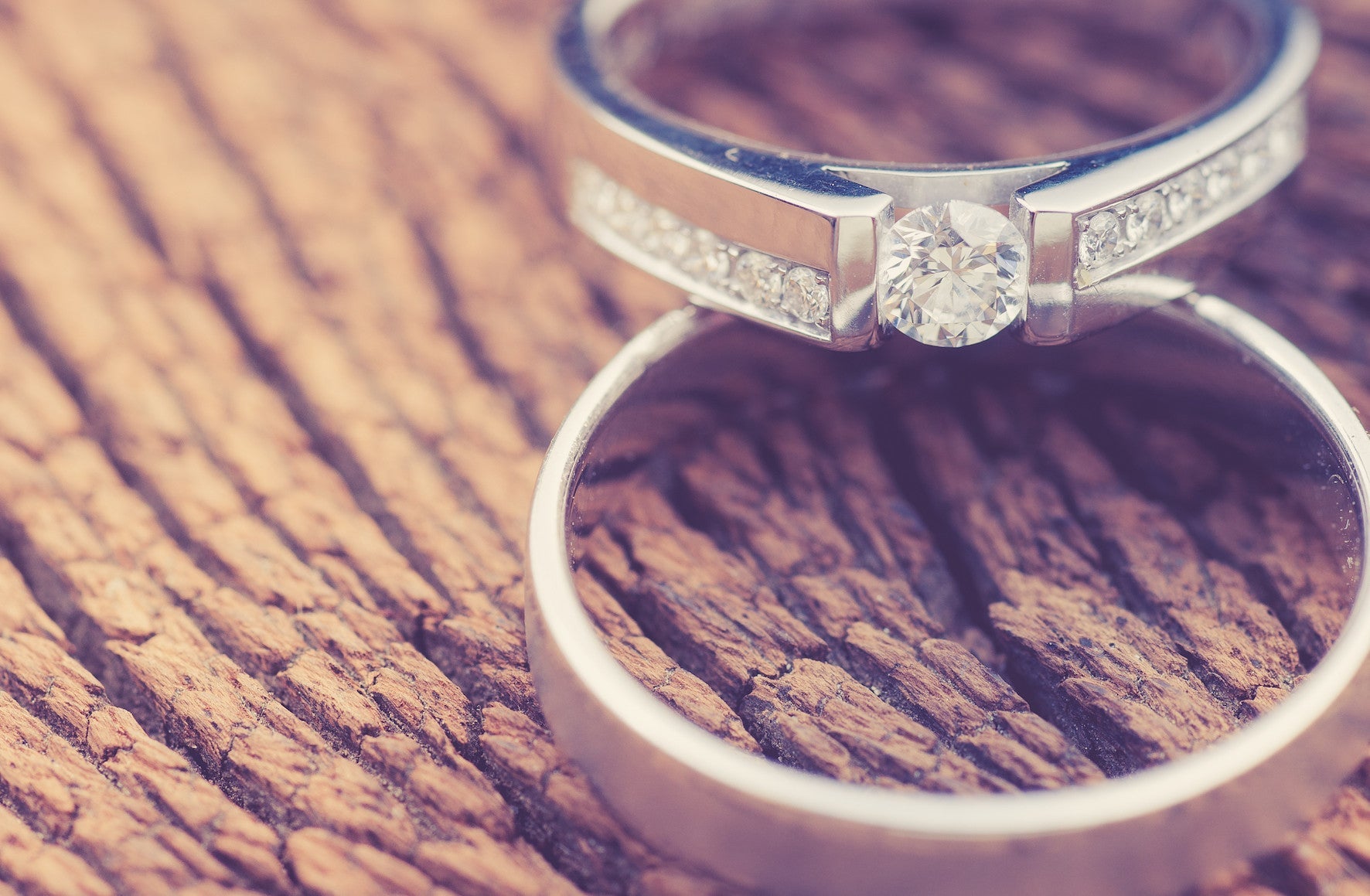
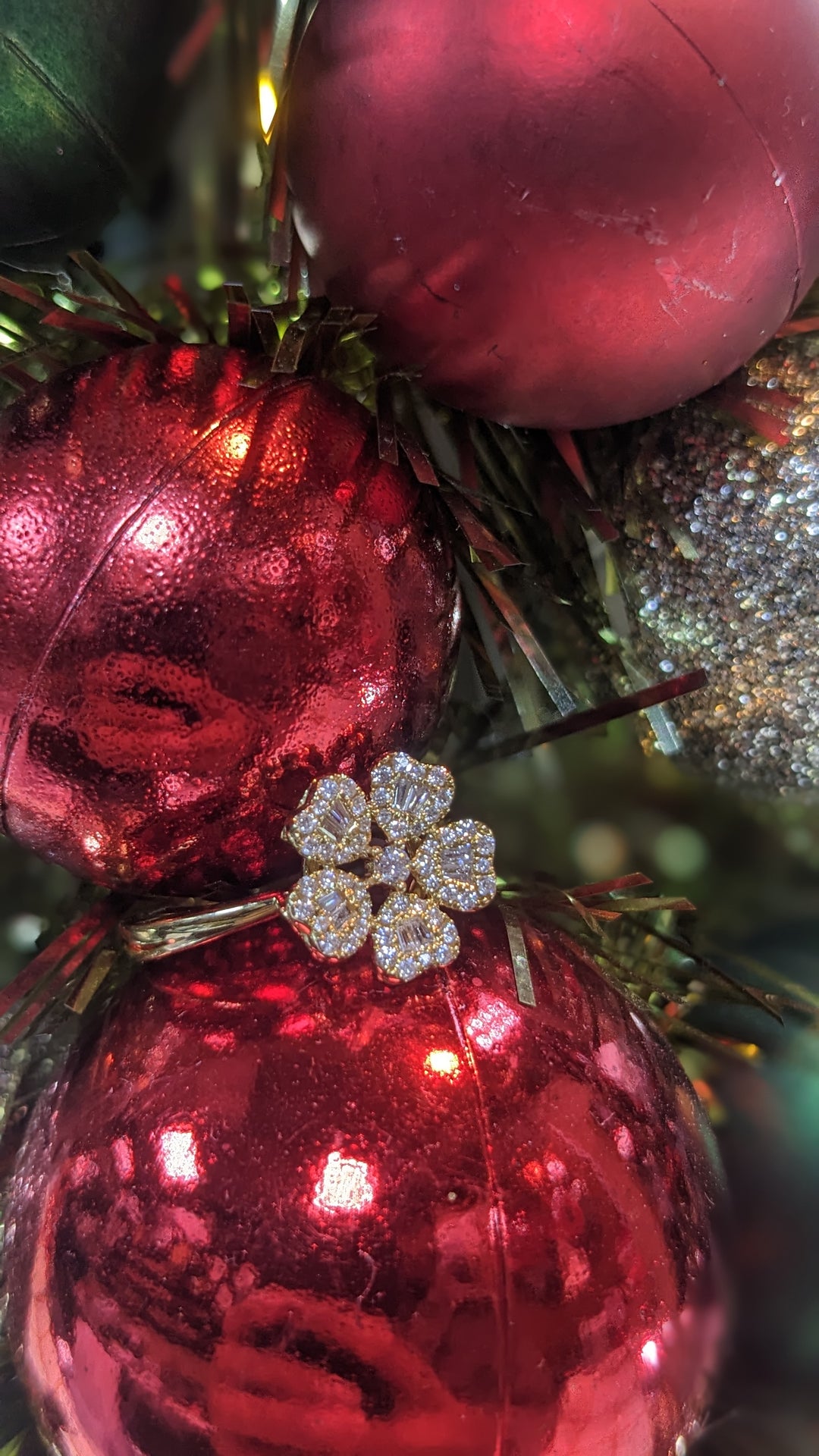
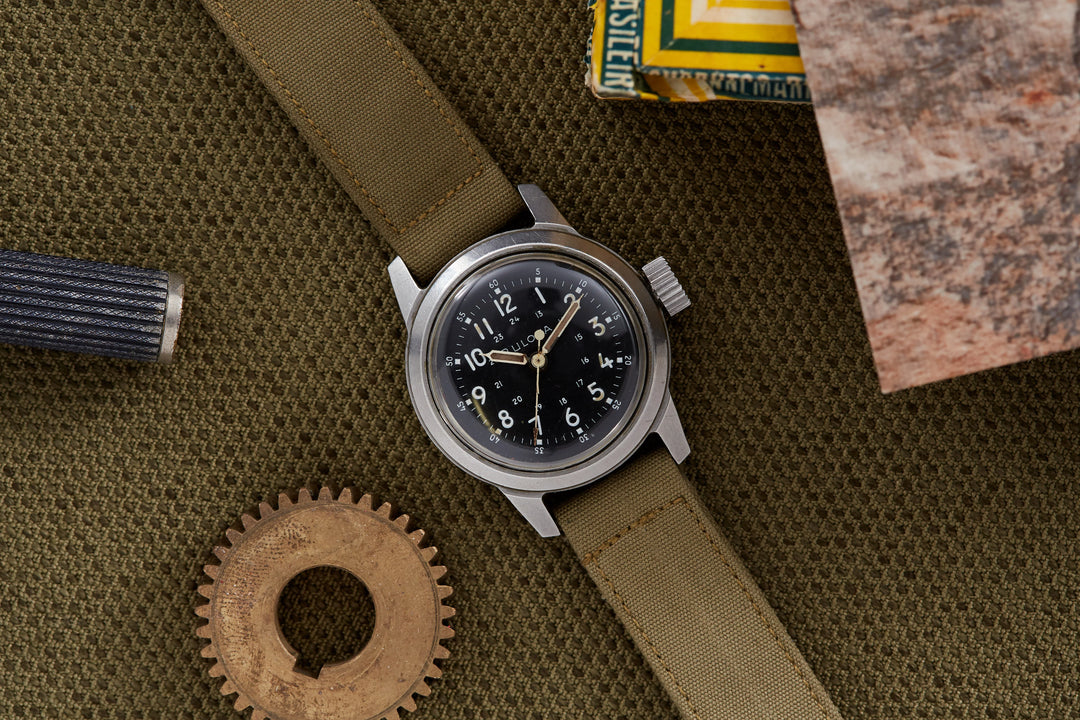
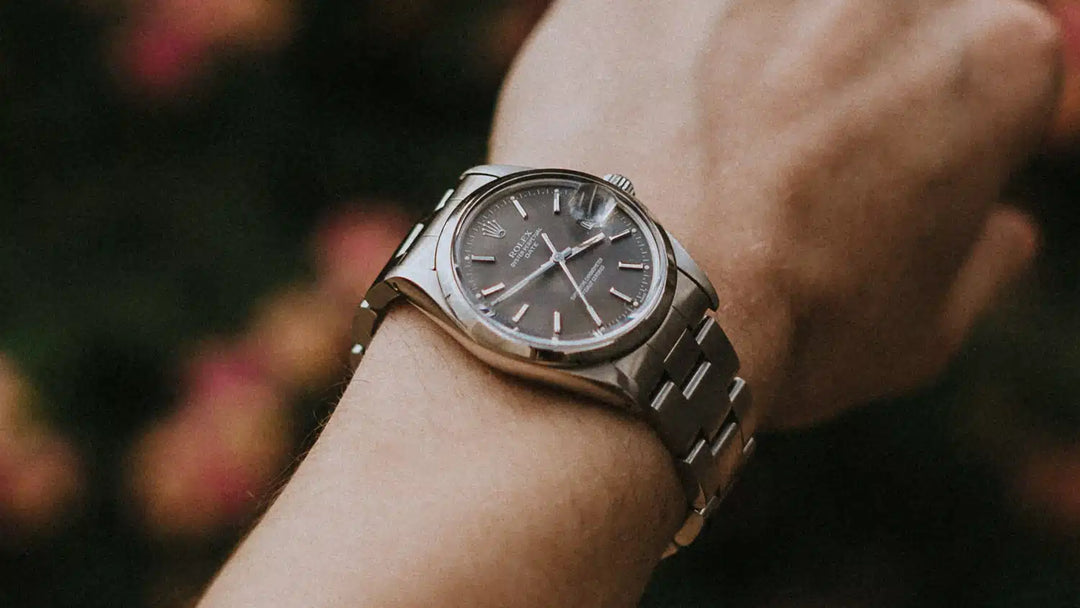
Leave a comment